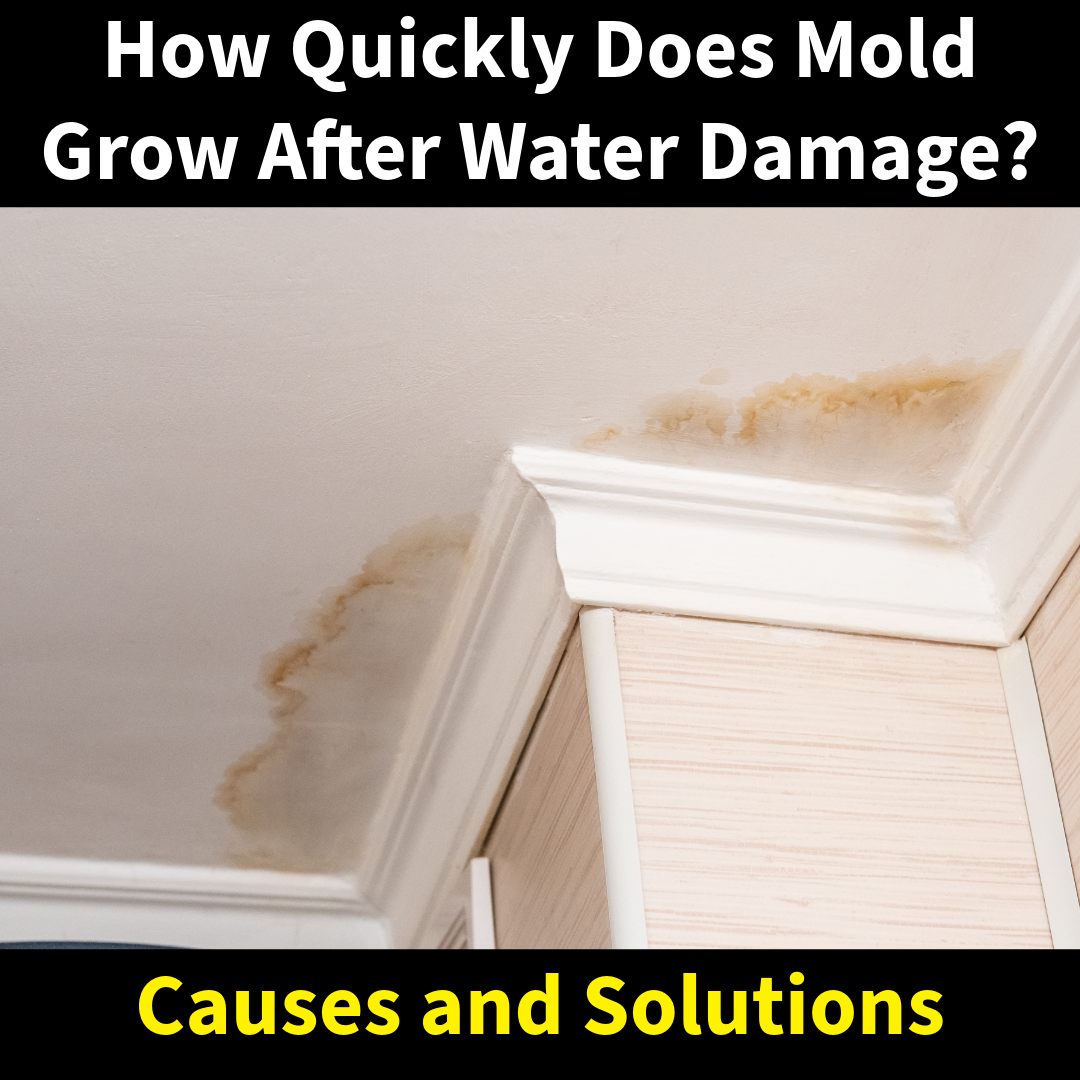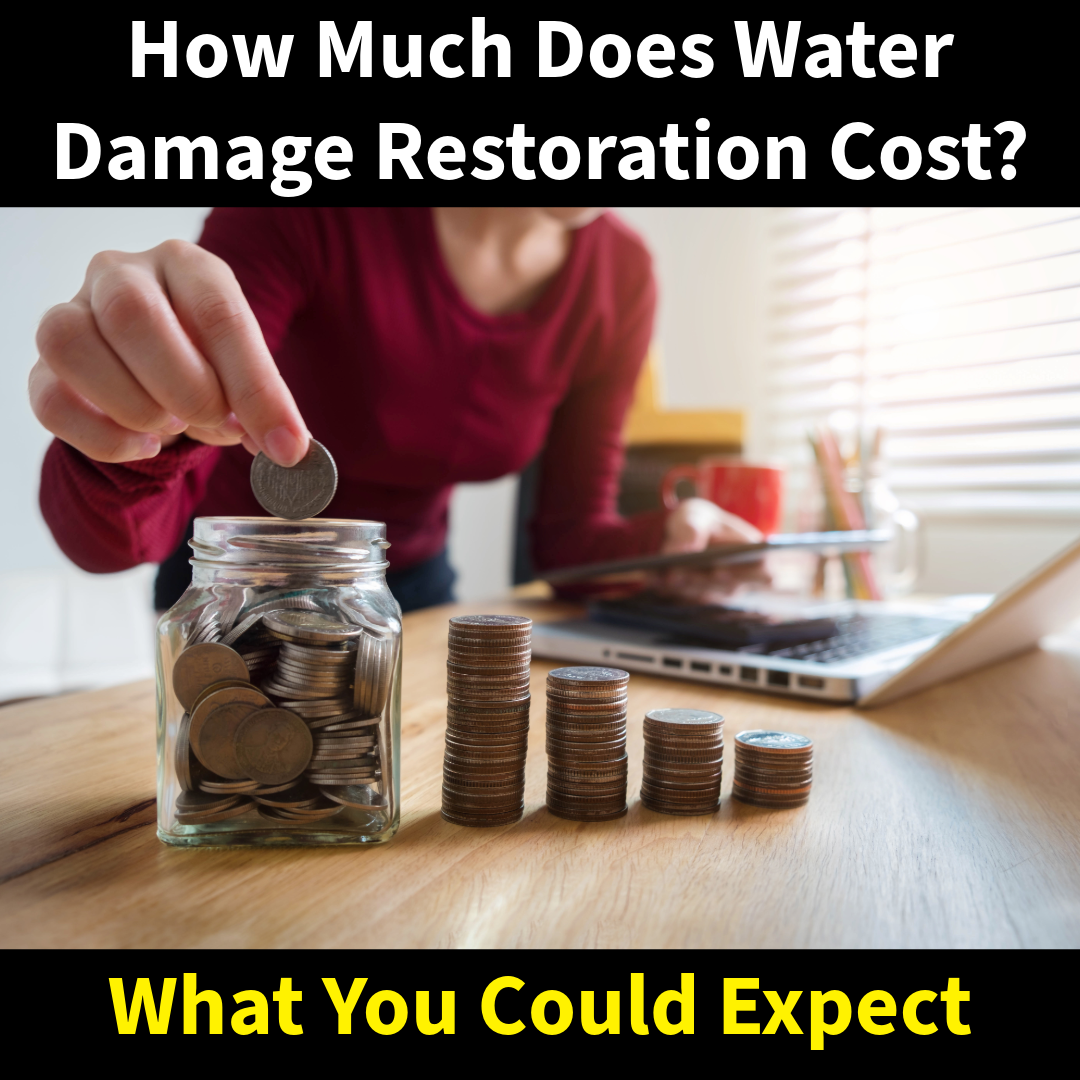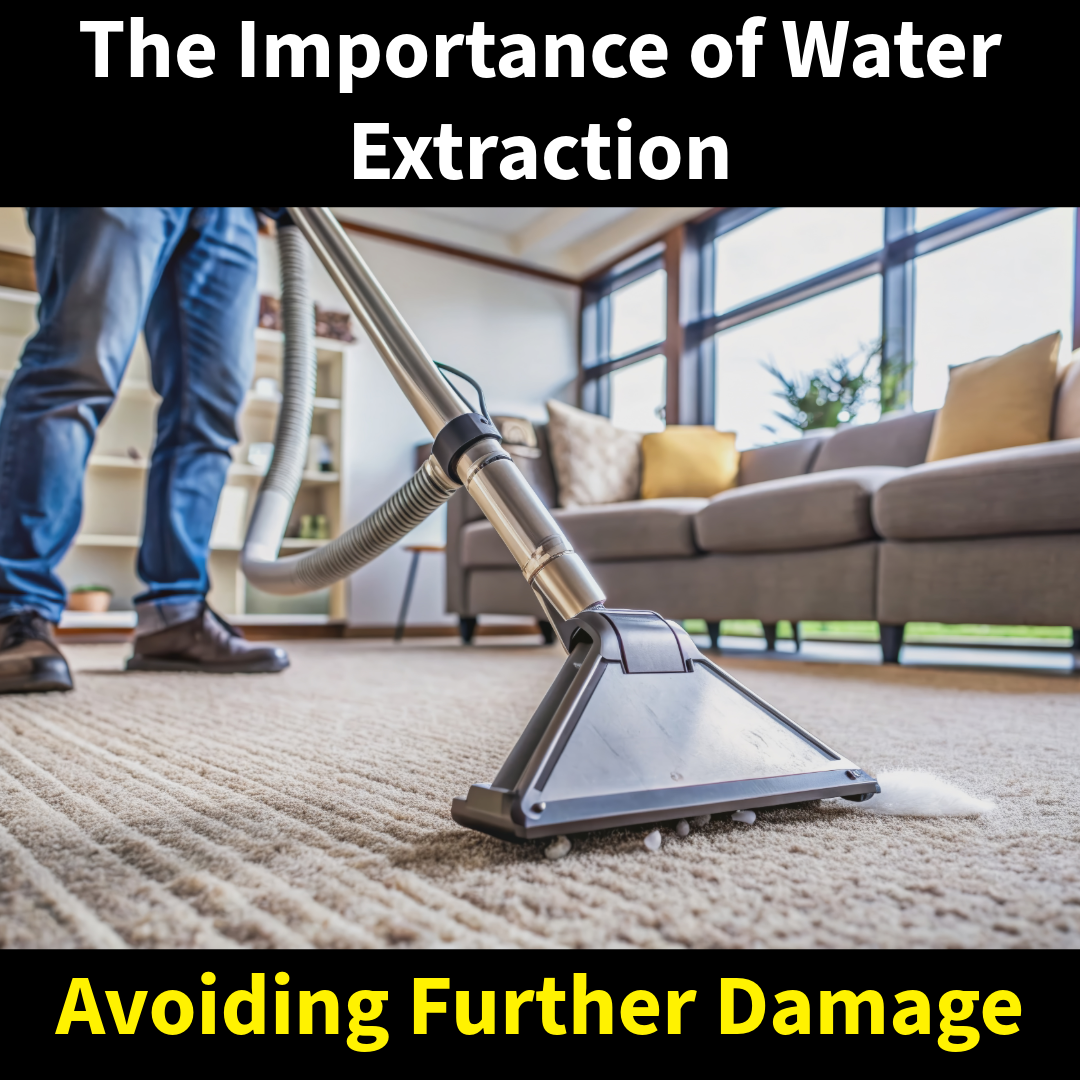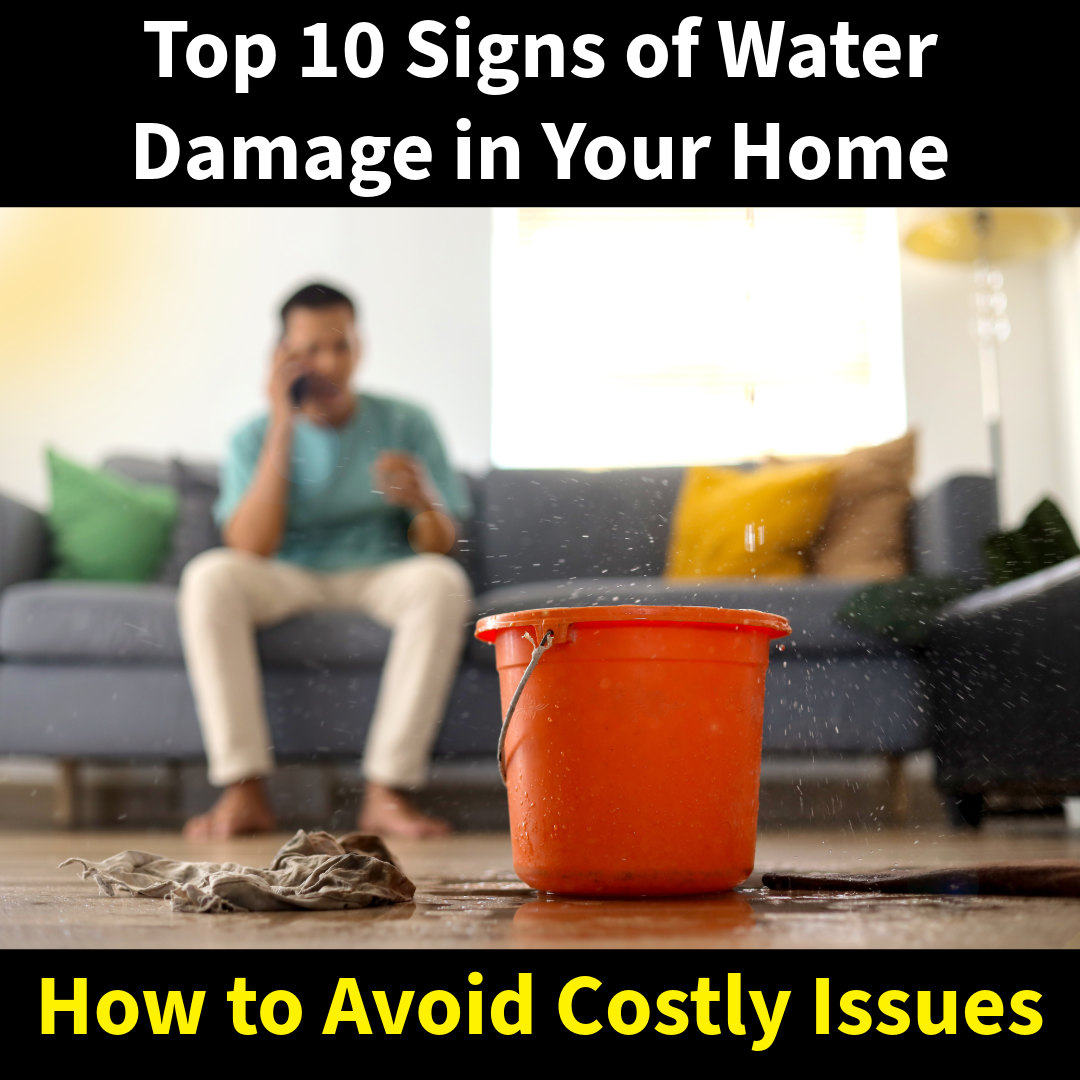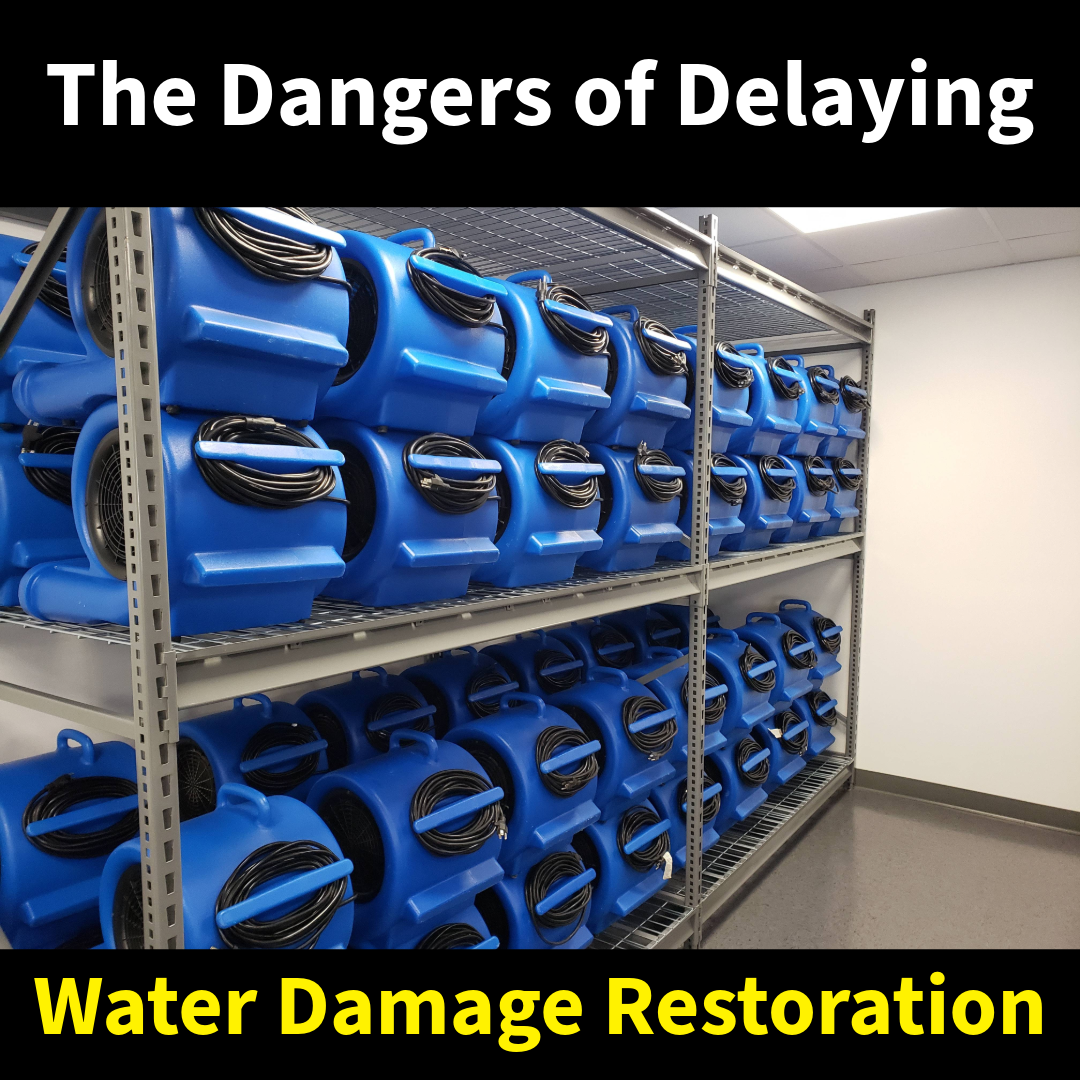Hoarding isn’t just about clutter—it can create serious health and safety risks for everyone living in the home. Piles of items not only make spaces difficult to navigate but can also lead to problems that impact physical health, emotional well-being, and even the structural integrity of the property. As a trusted provider of professional cleanup services in Bucks County and Delaware County, Mold Solutions & Inspections is here to help. In this post, we’ll explore the top five hoarding risks and explain how our expertise can protect your health and your home.
1. Fire Hazards
One of the most significant dangers of hoarding is the increased risk of fire. Accumulated items—especially paper, fabric, and other flammable materials—create an environment where a single spark can lead to a devastating blaze. Worse, blocked exits and pathways make it difficult to escape or for emergency responders to reach you. Mold Solutions & Inspections’ experienced cleanup team can clear these obstructions, making your home safer and more accessible.
2. Structural Damage
Over time, the weight and volume of excessive belongings can strain a home’s structural integrity. Floors can sag, walls may buckle, and ceilings can crack under the pressure. This kind of damage isn’t just unsightly; it can lead to expensive repairs and create an unsafe living environment. Our professional hoarding cleanup services can restore balance to your home, removing excess weight and ensuring that your living spaces remain structurally sound.
3. Mold and Mildew Growth
When clutter prevents proper airflow and cleaning, moisture builds up. This can result in mold and mildew growth, which damages your home’s interior and poses serious health risks—especially for individuals with allergies, asthma, or weakened immune systems. At Mold Solutions & Inspections, we’re specialists in identifying hidden moisture issues, removing mold-infested materials, and implementing strategies to prevent future problems. With our help, you can breathe easier knowing that your home is free of mold hazards.
4. Pest Infestations
Cluttered homes often become a haven for pests like insects and rodents. These unwanted guests can carry diseases, contaminate food, and cause structural damage. Removing the clutter that attracts them is essential to restoring a safe and sanitary environment. Our professional cleanup team can efficiently eliminate these conditions, helping you reclaim your home from pests and keeping them from returning.
5. Respiratory and Air Quality Issues
Dust, dirt, and allergens often accumulate in hoarding situations, causing respiratory problems, allergies, and worsening conditions like asthma. Poor air quality can make it difficult to live comfortably and healthfully. By removing clutter and thoroughly cleaning affected areas, Mold Solutions & Inspections ensures that the air you breathe is cleaner, improving your overall quality of life.
How Mold Solutions & Inspections Can Help
At Mold Solutions & Inspections, we specialize in compassionate, professional cleanup services that address hoarding situations of all sizes. Our hoarding cleanup team understands the unique challenges that hoarding presents and works discreetly, respectfully, and efficiently to transform your home into a safe, clean, and welcoming environment.
If you or a loved one is dealing with hoarding and its associated risks, we’re here to help. Let our experienced team guide you through the process and ensure that your home is safe, healthy, and habitable once again. Contact Mold Solutions & Inspections today to learn more about our hoarding cleanup services and take the first step toward a healthier living space.

